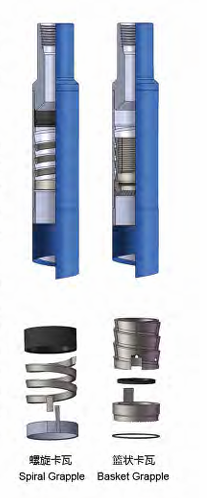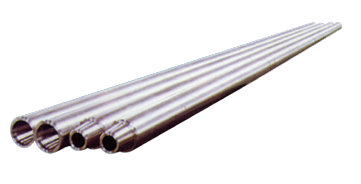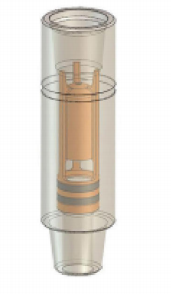Technical Pain Points & Innovation Value
Traditional Protector Limitations:
Conventional protectors rotate with drill pipe → Causes in ERD/horizontal wells:
① High friction resistance between pipe and casing
② Accelerated casing wear compromising well integrity
Breakthrough Innovation:
▸ Pioneering static-protection-while-drilling technology → Eliminates rotational friction
▸ Dual benefits:
1.30-50% torque reduction (power savings)
2.60-80% lower casing wear rate (extended service life)
Core Structure & Working Principle
Component&Function
1.Central Sleeve:Polymer wear-resistant material forms static barrier between pipe and casing
2.Metal Reinforcement:Titanium alloy skeleton (≥50MPa pressure rating) prevents deformation
3.Dual-Lock Collar:Ratchet locking system (≤0.5mm axial drift) ensures pure axial movement
Operational Workflow:
Drill pipe rotates → Collars lock protector position → Pipe rotates freely inside sleeve → Sleeve maintains static casing contact
Technical Advantage Comparison
Parameter:Traditional Rotating Protector/Non-Rotating Protector
1.Friction Coefficient:0.25-0.35/0.08-0.12
2.Casing Wear Rate (mm/100hrs):1.2-1.8/≤0.4
3.Torque Transmission Loss:15%-20%/≤5%
4.Rotation Status:Rotates with pipe/Static
5.Optimal Application:Vertical/shallow wells ERD/Horizontal/Deep wells
Key Applications
1.Shale gas extended-reach drilling (>3,000m lateral)
2.Deepwater high-cost casing protection
3.Slim-hole sidetracking in mature wells
Technology Development Roadmap
▶ Smart monitoring: RFID wear sensors for real-time thickness tracking
▶ Adaptive sizing: Compatible with φ114mm-φ508mm drill pipes










